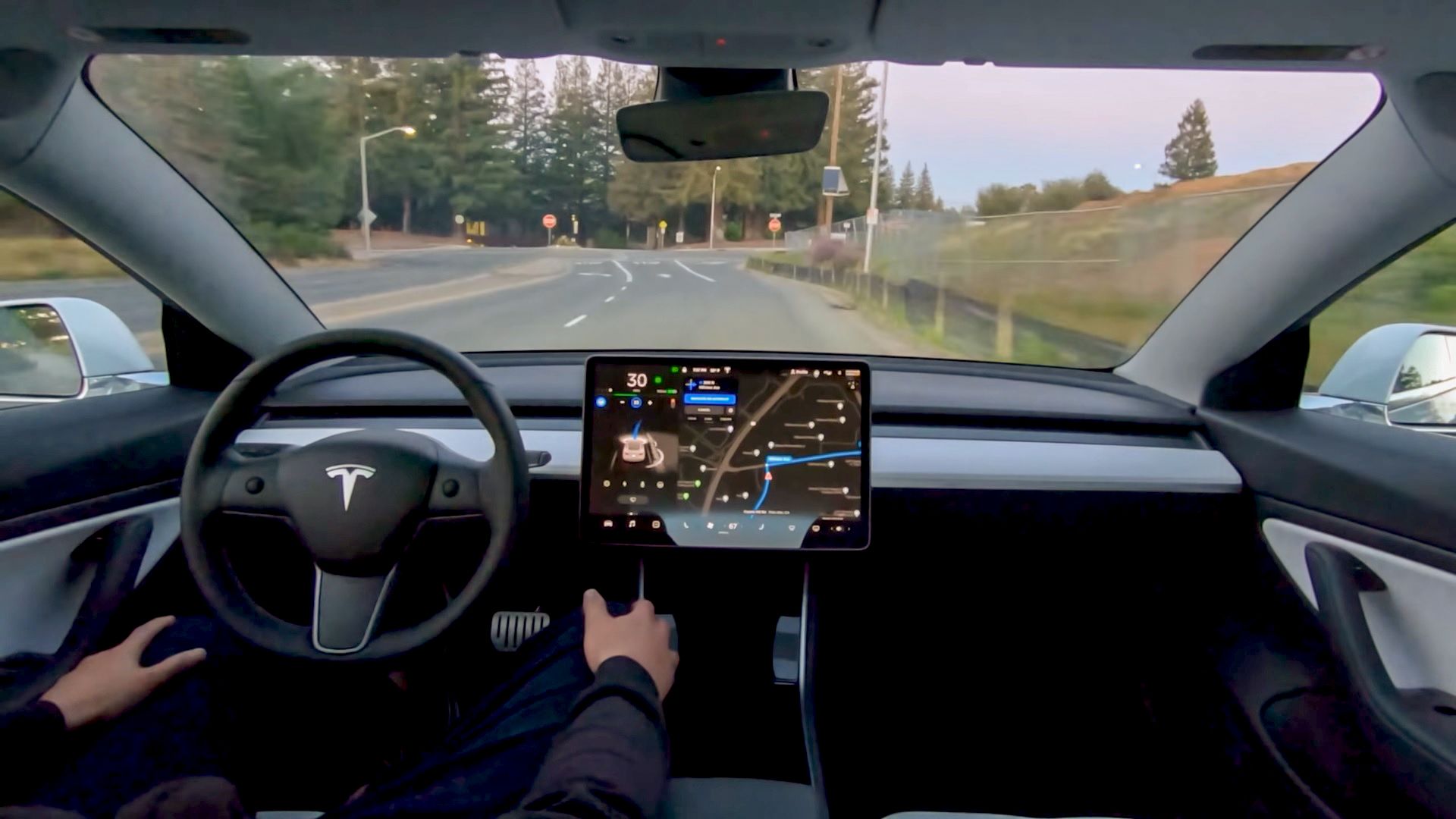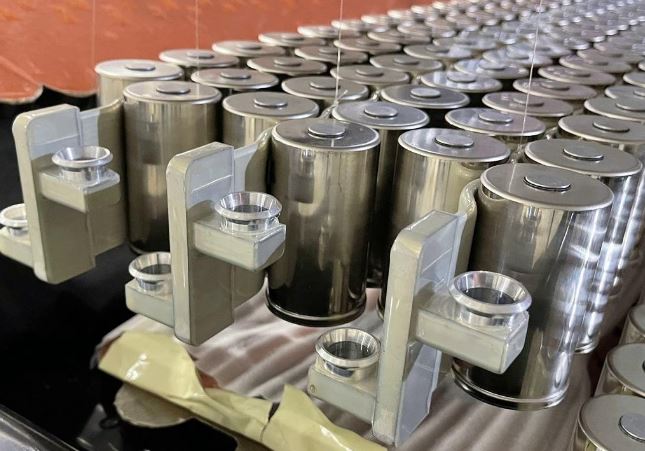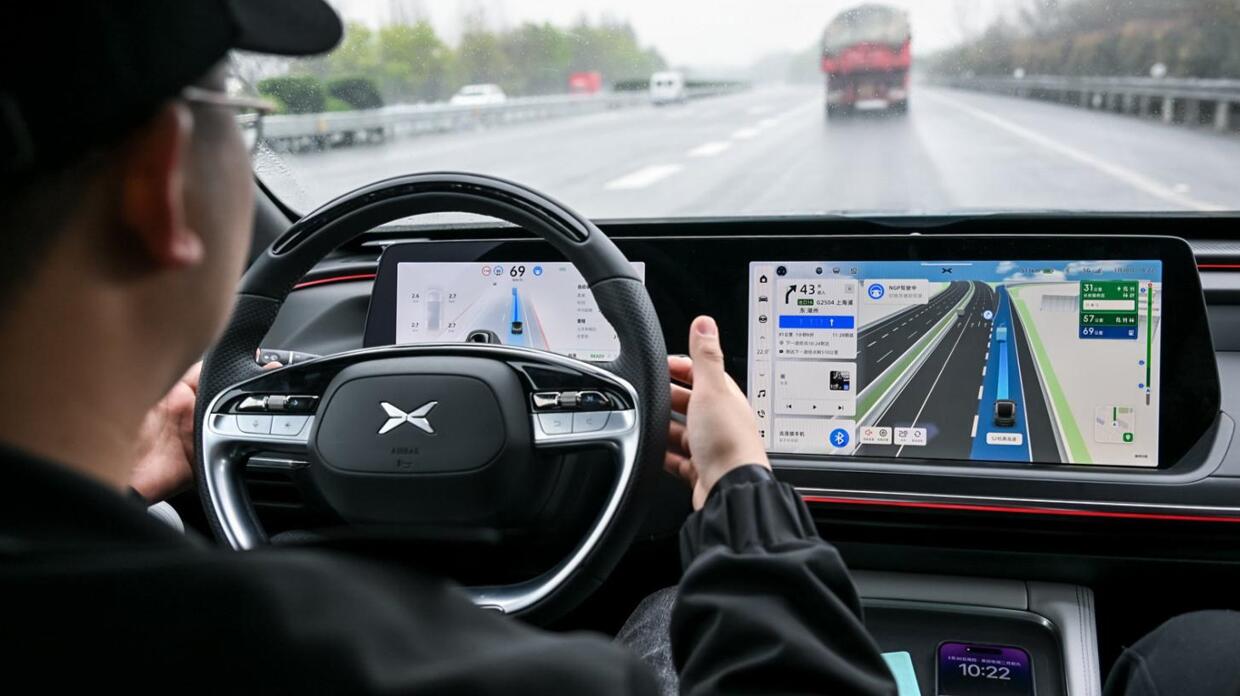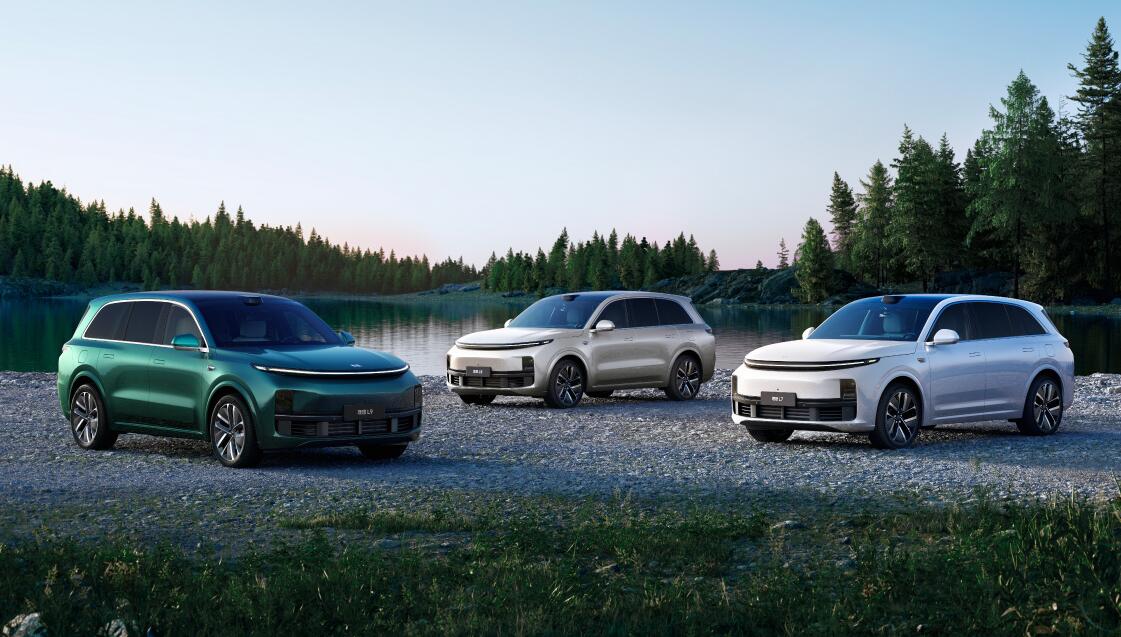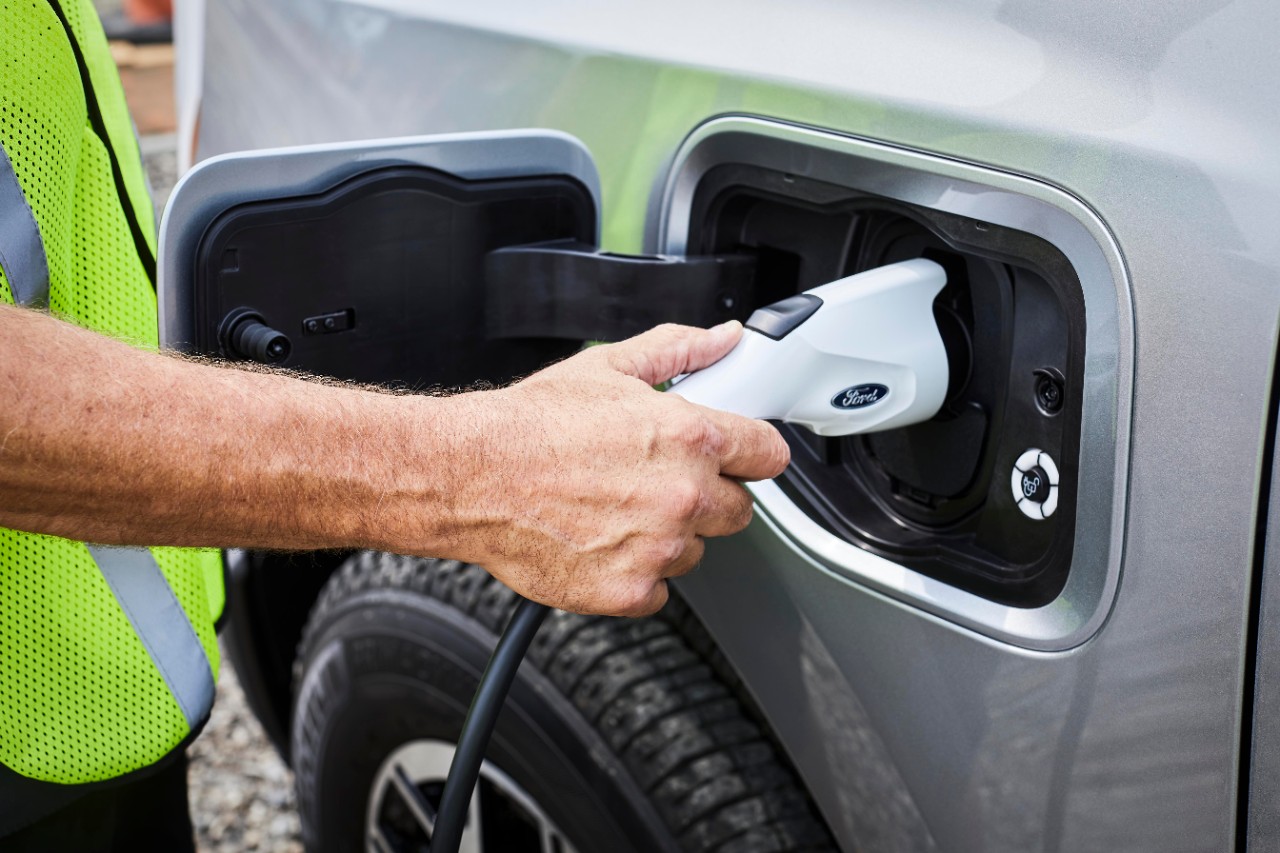Automaker Ford is adjusting its approach in response to the industry-wide shift towards electric vehicles (EVs) by placing emphasis on its hybrid offerings. In a move reminiscent of Toyota’s strategy, Ford has opted to slow down its transition to EVs and focus on bolstering its hybrid lineup.
Despite achieving a new record in EV sales with 8,958 units sold in November, Ford has chosen to recalibrate its trajectory. Notably, the F-150 Lightning, with 4,393 units sold last month, outpaced sales for the entire third quarter (3,503) and secured the top spot among electric trucks through November, surpassing Rivian’s R1T.
During Ford’s Q3 earnings call, CEO Jim Farley expressed gratitude for maintaining a strong presence in internal combustion engine (ICE) and hybrid electric vehicle (HEV) segments, emphasizing the importance of refreshing these products in a dynamic market. Farley anticipates Ford Blue (Ford’s ICE business) to remain robust and expand in the coming years.
While Ford remains optimistic about its electric future, Farley acknowledged the shifting nature of the market, describing it as a “moving target.” The company recently scaled back various EV initiatives, with CFO John Lawler revealing a slowdown in investments, including approximately $12 billion earmarked for EV spending.
Speaking at the 2023 Barclays Global Automotive & Mobility Conference, Lawler clarified that Ford is adjusting the pace and allocation of capital and capacity rather than altering its overall strategy. This includes reducing planned production at the Marshall plant, scaling back inverter and motor capacity, and revising vertical integration plans.
Lawler underscored Ford’s commitment to hybrids as a transitional solution to EVs, aligning with Toyota’s enduring focus on hybrid technology. Despite Toyota’s plans to accelerate its EV efforts in the coming years, EV sales constituted only 1% of its total volume last month.
According to Lawler, Ford recognized a degree of complacency regarding hybrids and foresees them playing a more significant role, particularly with the slower-than-expected adoption of EVs. This strategic shift aims to position hybrids as a crucial bridge towards a more electrified automotive future.


